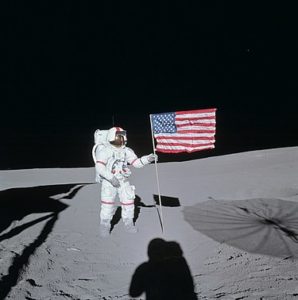
Apollo 14
Apollo 14 was launched in 1971! It was the third manned expedition to land on the moon. Commander Alan Shepard and Lunar Module Pilot Edgar Mitchell walked on the moon on February 5, while Command Module Pilot Stuart Roosa stayed in lunar orbit. Shepard and Mitchell collected over 94 pounds of lunar rocks, and Roosa carried several hundred seeds that were later germinated after their return to earth. Shepard actually “played golf” on the moon on February 6. Apollo 14 successfully returned to earth on February 9, 1971. Older children could learn more at: Apollo 14.
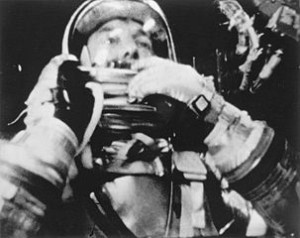
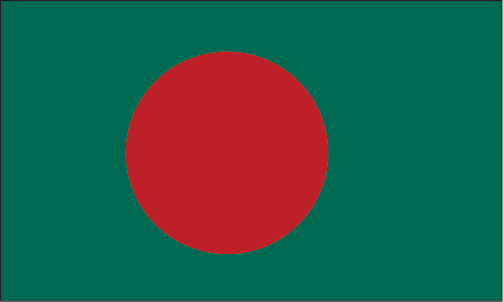
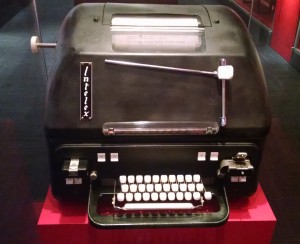
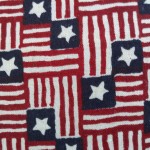
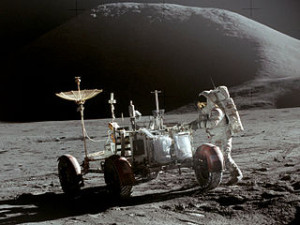

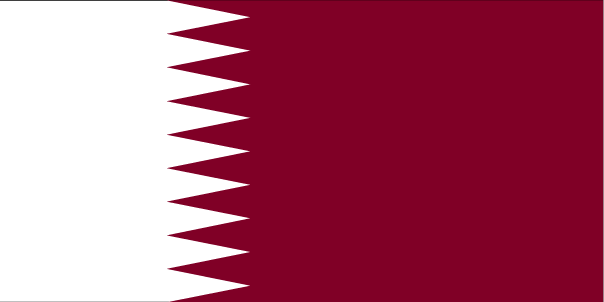
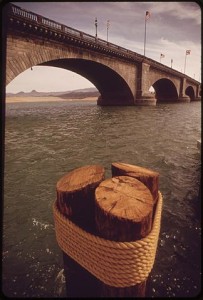
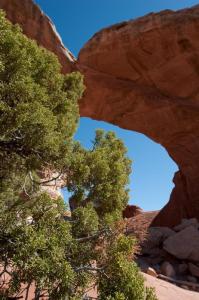 Arches National Park in Utah was created in 1971. In 1929 the wind-eroded rock formations were declared a national monument. Then it became a national park. Children can visit a website at:
Arches National Park in Utah was created in 1971. In 1929 the wind-eroded rock formations were declared a national monument. Then it became a national park. Children can visit a website at: